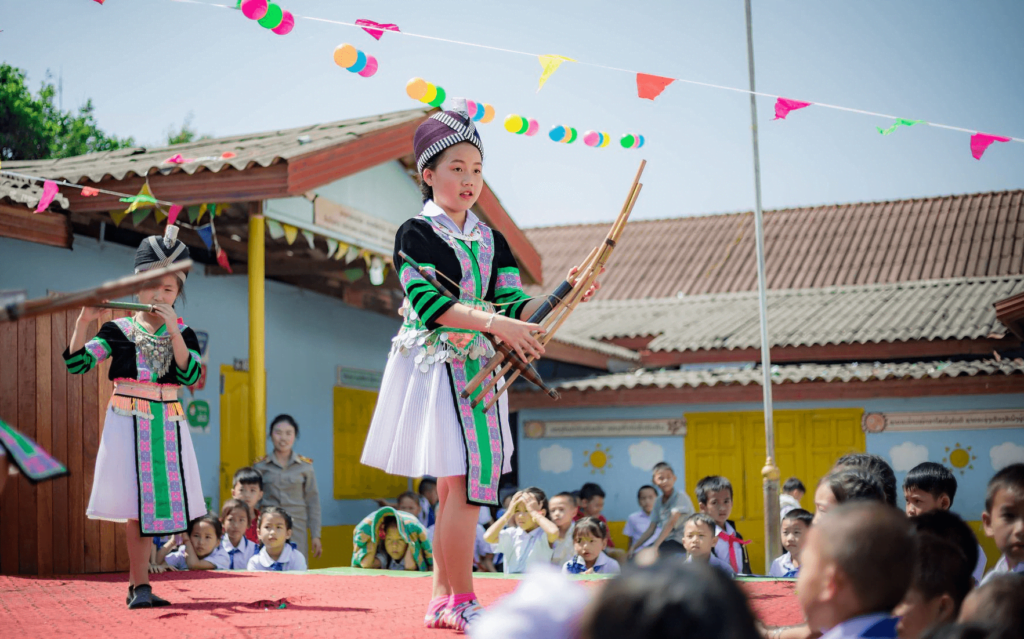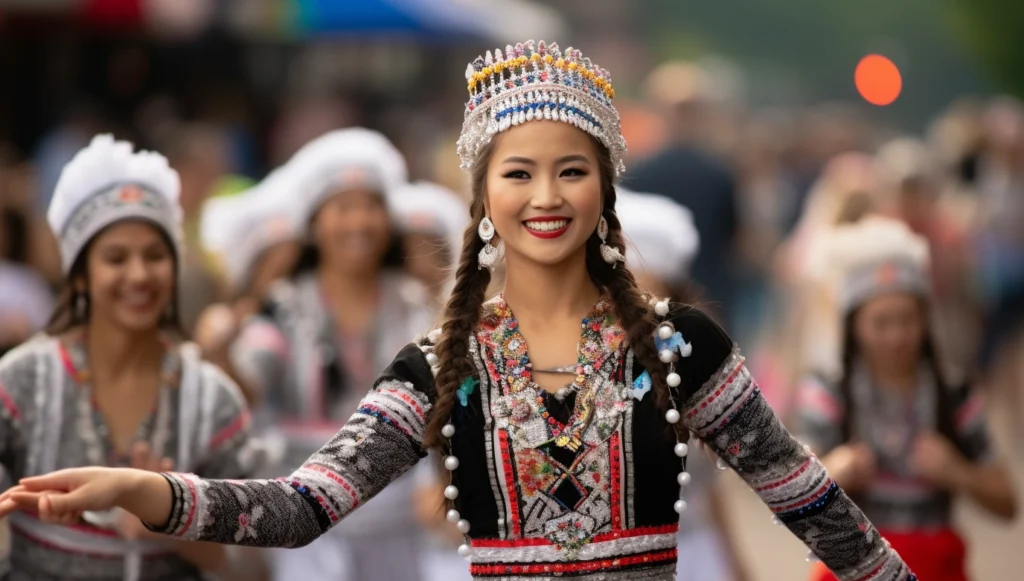
New Study Reveals Hmong Americans Face Greater Risks and Earlier Onset of Stroke
A recent study published in the Journal of the American Heart Association has uncovered alarming disparities in the experiences of Hmong American stroke patients compared to their white counterparts.
The research, conducted by a team at the University of Minnesota, analyzed medical records from Regions Hospital in St. Paul, Minnesota between 2010 and 2019. They compared data from 128 Hmong stroke patients to 3,084 white patients.
The findings reveal that Hmong individuals tend to suffer strokes at a much younger age and have higher rates of intracerebral hemorrhage, a severe type of stroke involving bleeding in the brain.
Hmong Patients Prone to Strokes 11 Years Earlier
On average, Hmong patients experienced clot-caused ischemic strokes at age 60, whereas white patients suffered strokes around age 71. The gap was even more pronounced for hemorrhagic strokes, with Hmong patients having them at 56 years old versus white patients at 70.
“We were surprised by how large the difference was,” said Dr. Haitham Hussein, lead researcher and neurology professor at the University of Minnesota Medical School. “This highlights an urgent need to study this more and develop focused public health initiatives targeting the Hmong community.”
Twice the Risk of Deadly Brain Hemorrhages
While most strokes were ischemic, approximately 31% of strokes in Hmong patients involved dangerous bleeding inside the brain. By comparison, only 15% of strokes were hemorrhagic among white patients.
Hmong individuals had over twice the risk of suffering these especially severe strokes. Other Asian ethnicities also showed higher rates of brain bleeding compared to whites.
Barriers to Care: Language, Transportation, and Timeliness
The research also uncovered barriers that may impact Hmong patients’ ability to access lifesaving stroke treatment.
After initial stroke symptoms, Hmong patients took nearly 4 hours longer on average to arrive at the emergency room. They were also less likely to utilize ambulance services, potentially delaying vital medical intervention.
Language differences may also affect the quality of care for Hmong patients. “Many Hmong seniors speak little or no English,” said Yer Yang, executive director of the Hmong Cultural Center in St. Paul. “Having interpreters and translated materials is extremely important for understanding doctors’ instructions.”
Call for Culturally Tailored Health Initiatives
“This study reinforces a real need for culturally appropriate stroke education and prevention campaigns targeting Hmong Americans,” said Hussein. “We need to address dietary risks, smoking, and blood pressure control in a way that makes sense for this community.”
Yang agreed, emphasizing the importance of utilizing Hmong language videos and survivors’ stories to increase stroke awareness. “By understanding the health beliefs and barriers faced by Hmong families, clinicians can better communicate lifesaving information about stroke prevention and care,” he said.
The researchers hope their findings will spur development of hyper-focused community engagement programs to reduce stroke risks among Hmong Americans. This vulnerable population faces stroke risks on par with individuals much older in other ethnic groups. Culturally sensitive interventions and outreach could help reverse these alarming health inequities.









I’m sure nqaij qab zib thb rice got us feeling sick